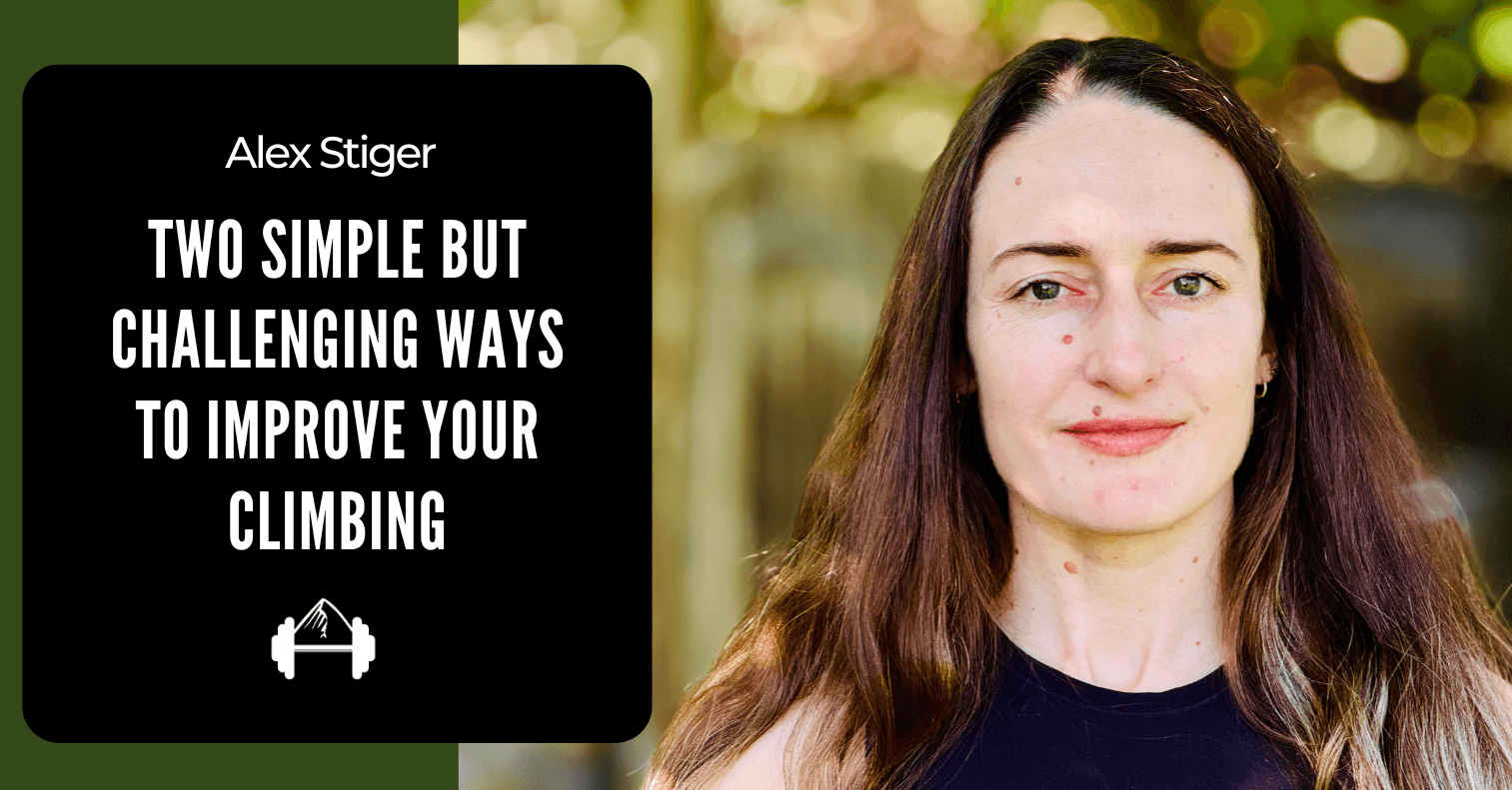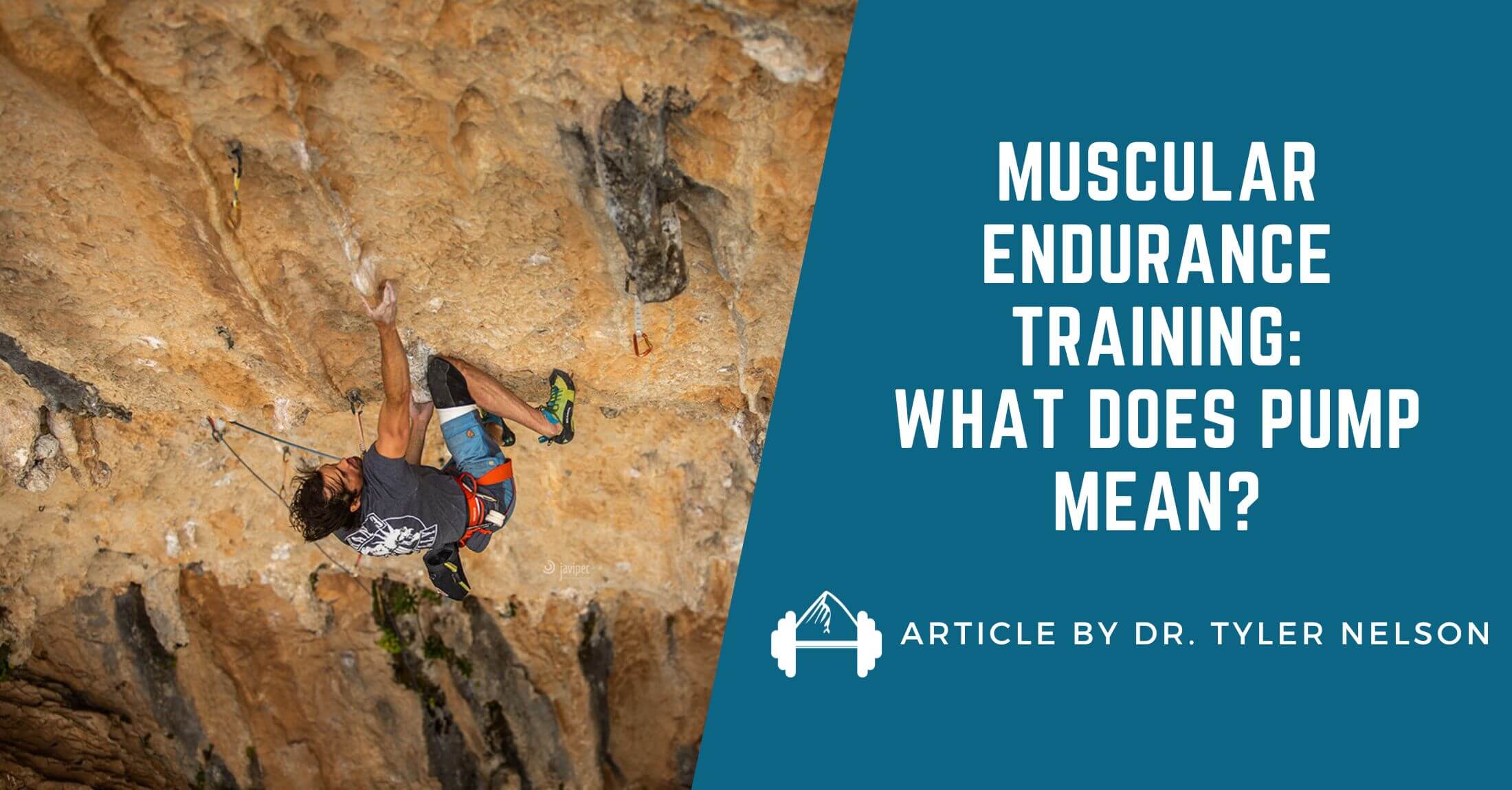This article was kindly written by James Lucas, who with his Saturn station wagon, you may have seen orbiting around North America. He climbs, he travels, he writes, and spends as much time as he can in Yosemite. (photo above of James on the 11d arch pitch on The Final Frontier (V 5.13b) by Mikey Schaefer)
Enter James….
When I arrived in Yosemite National Park in 2001, the walls towered over me. I knew nothing about the glacier polished granite and I fought to find the difference between El Capitan and Swan Slab. I did know that free climbing these enormously big walls was the way to climb.
I dove into the experience because of what it had to offer and I learned a great deal in the process.
“Hard big wall free routes often have far less crowds than other types of climbing, lending itself to Katy Perry dance parties without anyone to judge you,” said Nik Berry, who has free climbed five El Capitan routes. While establishing The Final Frontier, a thousand foot 5.13 in Yosemite, Nik played Katy Perry’s California Gurlz, a million times.
Perhaps the Katy Perry dance parties make the partnerships that much better. The value of hearing Nik belt out “I kissed a girl and I liked it!” went a long way when we climbed. At the very least, I’ll remember climbing the Final Frontier because of the high exposure and Nik’s constant dedication to Katy Perry.

James Lucas on the California Girls Corner, the crux pitch of the Final Frontier (V 5.13b) (Gabe Mange photo)
“The friendships that you form on the wall tend to be real and the emotions of the trip tend to last longer than a weekend send,” noted Justen Sjong, who made the first free ascent of the Pre-Muir and Magic Mushroom on El Capitan. “I love the exposure and the excitement versus the risk ratio,” added El Capitan master Tommy Caldwell. “I think it is actually very safe even though your senses tell you it is not.”
Big wall free climbing requires more than just Katy Perry and a good friend. Climbing that hard requires a bit of dedication. To free climb El Capitan or even smaller walls like Moonlight Buttress in Zion or The Grand Wall in Squamish, you need to be able to get through the logistics of wall climbing and those of difficult traditional climbing.
To make the actual climbing easier, El Capitan veterans Justen Sjong and Tommy Caldwell compiled a list of ten tips:
1. On lead only bring what you NEED to send the pitch.
Keep the rack light. There’s no need to haul the entire iron skirt of gear with you on every pitch.
2. Don’t climb in the middle of the day, if warm.
Good temps make climbing easier. Make sure to make the most of them. Midday heat can be exhausting. The sun will burn the stoke right out of you.
3. If hauling, do the grunt work in longer sections rather than after every pitch.
4. Keep a gear list for each pitch.
Having the exact rack will help boost confidence and make you move faster which translates into easier climbing.
5. Feed the body after each pitch.
You are always too busy to eat a full meal and rarely hungry or thirsty. Keep your body’s engine running as well as possible. If you’re hungry or thirsty, it’s usually too late.
6. Become confident in your ability to bail.
Not that you want to bail but bailing should be a non-issue. Knowing that retreat can be quick and easy is relaxing.
7. Bring two pairs of rock shoes, a performance and a comfy pair.
This will help with the harder pitches and make your feet feel better on the easier pitches.
8. Learn to get off your hips at each anchor.
Hanging in a harness will wear your body down. Take every chance you can to escape harness rash. Rest on ledges and then push through hanging belays. Being efficient at belays and making quick changeovers will help minimize your time hanging in your harness.
9. Take the gear off your body when possible.
Having gear hanging from your harness makes everything from belaying to hauling harder.
10. Get a good partner.
AKA climb with Alex Honnold. Your partner makes a huge difference between sending or not. Decide before you leave the ground the style you’re going to climb in. The easiest way to climb is to have one person lead everything and the second person jumar and support, and then switch days. Swinging leads up a wall and having the leader hand haul is exhausting. Regardless of your choice of style, make sure the person you’re climbing with wants to be there and will support you even if they fail. Be willing to do the same for them.
The biggest factor of big wall free climbing comes down to psychology.
The amount of toiling on a wall can be overwhelming and often exhausting. “The ability to keep morale high through all the low spots is the most important quality of a big wall free climber,” said Tommy Caldwell.
One of the biggest challenges I’ve faced on my attempts to free climb El Capitan in a day is the notorious Monster Offwidth. The wide climbing beats me down and then I’ve struggled to send the difficult V8 boulder problem above it. My best attempts have been when I’ve been the most positive, when I’ve tried anyway and been stoked on whatever progress I can make.
Being highly prepared can help with your attitude.
Tommy Caldwell wrote, “It is important to have a good base from other types of climbing. I keep that base up with a lot of bouldering. Then I add on things like bike riding, running, weight lifting, or anything that will keep me active for long periods of time. Stamina is key.”
Most big wall free climbers spend their winter and summer seasons preparing for their spring and fall seasons. They boulder and sport climb with a strong emphasis on power at the beginning of their training season and then move towards longer problems, short sport routes and then long pitches. This way, when big wall season comes they’re fit for mega climbs.
Climbing big wall routes will inevitably make you weaker. Your stamina will increase but your power will decrease. While projecting the Final Frontier, Nik and I would take days off to boulder in Yosemite and make sure that we stayed strong.
Also, make sure to have the skills necessary to climb the route you want to do. On any given long route, there will be offwidths, slabs, boulder problems, steep sport style climbing, and long endurance cracks. Knowing how to climb each of those styles will help with efficiency.
Most importantly, have fun on the wall.
Free climbing huge routes can be a daunting task. Taking a few moments to be less serious will lighten the mood, help you climb better and make everything a bit easier. Be prepared, be efficient and have fun.
About James Lucas:
 James Lucas climbs, travels and writes. He spends the majority of his year toiling on the granite walls in Yosemite and the rest of his time sport climbing and bouldering across the US.
James Lucas climbs, travels and writes. He spends the majority of his year toiling on the granite walls in Yosemite and the rest of his time sport climbing and bouldering across the US.






Leave A Comment